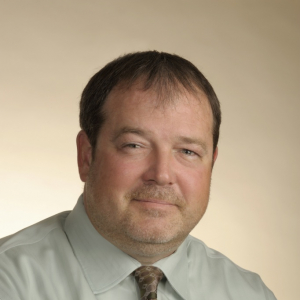
Patrick Sullivan, PhD
Connect
859-323-4684patsullivan@uky.edu
Positions
- Professor of Neuroscience
- Regular Faculty
- Endowed Chair The Spinal Cord & Brain Injury Research Center (SCoBIRC)
- Research Physiologist, Lexington VAMC
- University Research Professor
College Unit(s)
Other Affiliation(s)
- SCOBIRC - Core Faculty
- Nutritional Sciences Graduate Faculty
Biography and Education
Education
2017 – present Professor (tenured); Department of Neuroscience and Endowed Chair in the Spinal Cord & Brain Injury Research Center, University of Kentucky Chandler Medical Center. 2017- present Research Physiologist, Lexington VAMC, Lexington, KY 2013 – 2016 Professor (tenured); Department of Anatomy & Neurobiology and Endowed Chair in the Spinal Cord & Brain Injury Research Center 2006 – 2013 Associate Professor (tenured); Department of Anatomy & Neurobiology and Endowed Chair in the Spinal Cord & Brain Injury Research Center 2002 – 2006 Assistant Professor; Spinal Cord & Brain Injury Research Center and Department of Anatomy & Neurobiology 2000-2002 Postdoctoral Fellow; Reeve-Irvine Research Center, University of California at Irvine 2000 Ph.D. University of Kentucky (Anatomy and Neurobiology) 1996 B.S. University of Kentucky (Biology)
Research
Traumatic brain (TBI) and spinal cord injuries (SCI) render devastating health problems in the United States with an annual cost of approximately 72 billion dollars. This has initiated an enormous focus on the development and discovery of neuroprotective and/or pro-regenerative agents for the treatment of TBI and SCI. Nevertheless, the underlying mechanism(s) of neuronal degeneration and progressive tissue destruction that occurs following such injuries are not fully understood. To begin exploring the cellular and/or molecular mechanisms underlying the pathophysiology of TBI and SCI, it is important to focus on key regulatory steps in the cell death process. Recent evidence indicates that mitochondria, long-known as the “powerhouse” of the cell, play a pivotal role in the cell death cascade. Thus, the main focus of our laboratory is to advance the field of CNS injury research by mapping key events that result in mitochondrial failure and employing this knowledge in developing novel strategies that target these pathways.
Selected Publications
1. Genetic Approach to Elucidate the Role of Cyclophilin D in Traumatic Brain Injury Pathology. Readnower RD, Hubbard WB, Kalimon OJ, Geddes JW, Sullivan PG. Cells. 2021 Jan 20;10(2):E199. doi: 10.3390/cells10020199. 2. Editorial: Mitochondria and neurological diseases. Sullivan PG, Fiskum G. Exp Neurol. 2020 Dec;334:113467. doi: 10.1016/j.expneurol.2020.113467. Epub 2020 Sep 19. PMID: 32980617 No abstract available. 3. The β3-adrenergic receptor agonist mirabegron improves glucose homeostasis in obese humans. Finlin BS, Memetimin H, Zhu B, Confides AL, Vekaria HJ, El Khouli RH, Johnson ZR, Westgate PM, Chen J, Morris AJ, Sullivan PG, Dupont-Versteegden EE, Kern PA. J Clin Invest. 2020 May 1;130(5):2319-2331. doi: 10.1172/JCI134892. PMID: 31961829 Free PMC article. Clinical Trial. 4. Formoterol, a β2-adrenoreceptor agonist, induces mitochondrial biogenesis and promotes cognitive recovery after traumatic brain injury. Vekaria HJ, Hubbard WB, Scholpa NE, Spry ML, Gooch JL, Prince SJ, Schnellmann RG, Sullivan PG. Neurobiol Dis. 2020 Jul;140:104866. doi: 10.1016/j.nbd.2020.104866. Epub 2020 Apr 11. PMID: 32289370 5. Bioenergetic restoration and neuroprotection after therapeutic targeting of mitoNEET: New mechanism of pioglitazone following traumatic brain injury. Yonutas HM, Hubbard WB, Pandya JD, Vekaria HJ, Geldenhuys WJ, Sullivan PG. Exp Neurol. 2020 May;327:113243. doi: 10.1016/j.expneurol.2020.113243. Epub 2020 Feb 10. PMID: 32057797